Corner wards (or wheel guards) of ParisPhotos © Børre Ludvigsen, 2007 |
||||
 20070723_111953.kml |
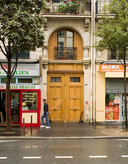 20070723_112103.kml |
 20070723_112330.kml |
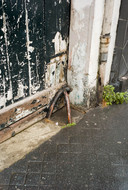 20070723_112635.kml |
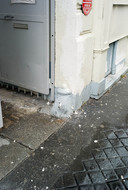 20070723_112713.kml |
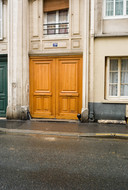 20070723_112744.kml |
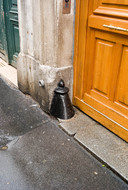 20070723_112808.kml |
 20070723_112816.kml |
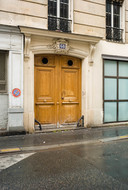 20070723_112918.kml |
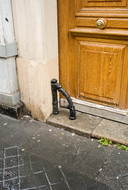 20070723_112936.kml |
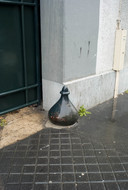 20070723_113217.kml |
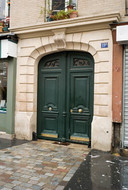 20070723_113253.kml |
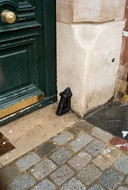 20070723_113309.kml |
In answer to my question asking if anyone could " confirm that these fittings are "spacers" placed there to make sure that the wheels of carriages entering the courtyard beyond would not hit steps and other projections in the passageway behind the doors?", George Herrman (ACS '63) writes: "Those are corner wards, meant to keep the wheels and axles of carts from damaging the door frames on either side of carriage house entryways. Your pictures show several varieties on this idea; the corners with the pipe fittings and the two-dimensional iron castings are probably earlier models than the conical-shaped wards (as seen in 113217) which are still used in firehouses and truck ports today. The conical wards would encounter the wheel of an incoming vehicle and tip it up slightly as it tried to enter the garage or carriage house. If the wheel was at the lower edge of the ward it would just push the cart to the side as it entered, with no damage to the wall or the cart. The other models would save the wall, but might damage the vehicle unless the driver was very careful." - Børre Ludvigsen |
|
|
Last modified: Tue Jul 24 09:09:12 2007 |
||||